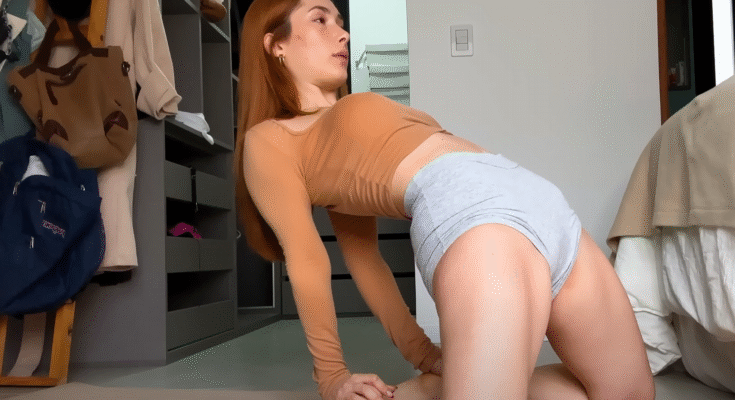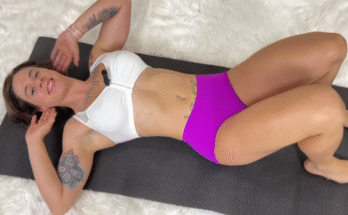Hip tightness is a common complaint, especially among people who sit for long periods, are physically active, or are recovering from injury. Deep hip stretching is more than just a flexibility routine — it’s a gateway to better mobility, reduced pain, and a more relaxed nervous system. Whether you’re an athlete, a yoga enthusiast, or someone just looking for relief from stiffness, deep hip stretches can transform how your body feels and functions.
Why the Hips Get Tight
The hips are one of the most complex and powerful areas of the body. They are home to some of the largest muscles — including the glutes, hip flexors, and piriformis — and they play a central role in walking, standing, running, and sitting.
Hip tightness can develop for several reasons:
- Prolonged sitting: When you sit for long periods, your hip flexors shorten and tighten, while your glutes become underused and weak.
- High-impact exercise: Runners and athletes often experience tight hips due to repetitive motion and inadequate stretching or cooldown.
- Poor posture: Slouching can lead to misalignment in the hips and spine, causing muscle imbalance and discomfort.
- Stress and emotion: According to somatic traditions and yoga philosophy, the hips are often considered a storage center for emotional tension. This can manifest as physical tightness over time.

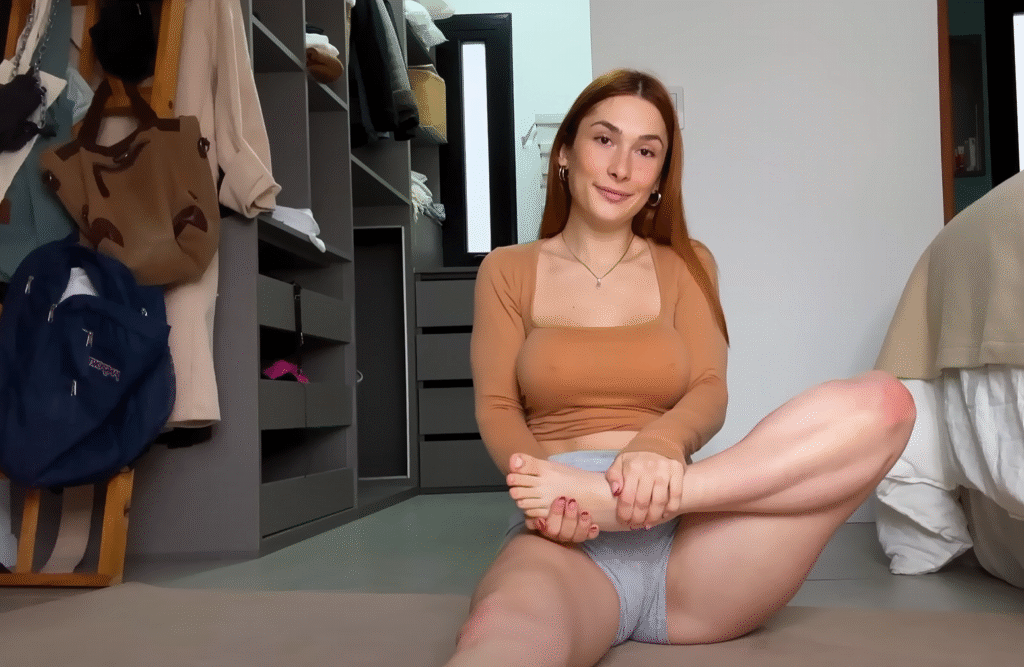

The Benefits of Deep Hip Stretching
Deep hip stretching offers physical, mental, and emotional benefits. When done mindfully and consistently, it can help you:
- Improve mobility and flexibility: Deep hip stretches target stubborn tight spots that restrict your range of motion, allowing for smoother, more natural movement.
- Prevent injury: Flexible hips reduce the risk of strain and injury to the lower back, knees, and pelvis.
- Enhance athletic performance: Athletes with supple hips experience better agility, stride length, and control.
- Ease lower back pain: Tight hips often contribute to back pain due to tension and misalignment. Releasing the hips can provide significant relief.
- Release emotional tension: Some people report feeling emotional after deep hip work, a sign that stored stress and trauma may be releasing.
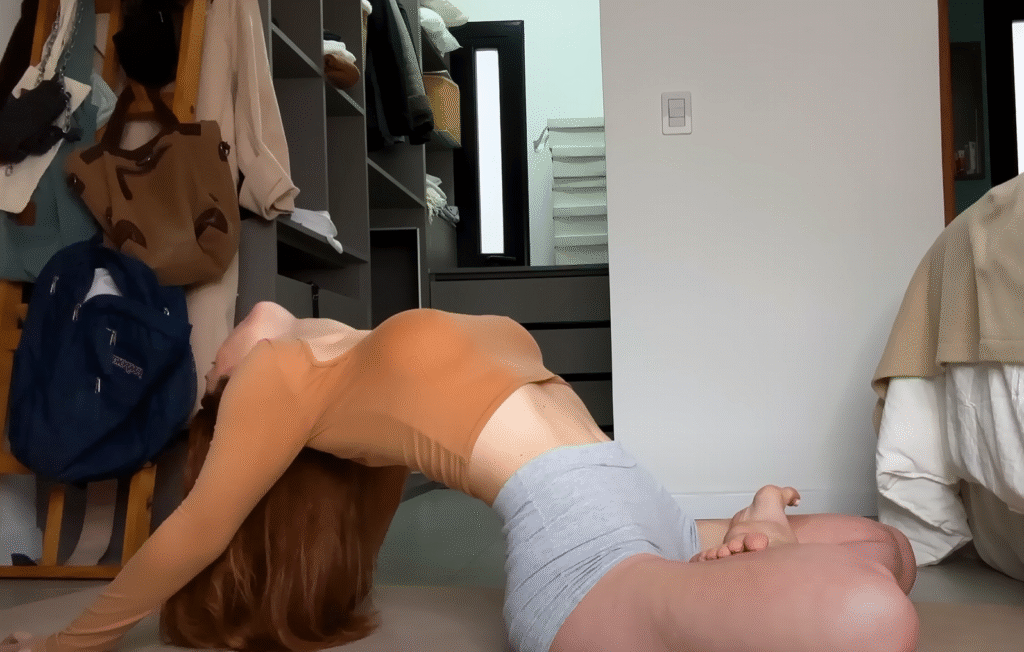
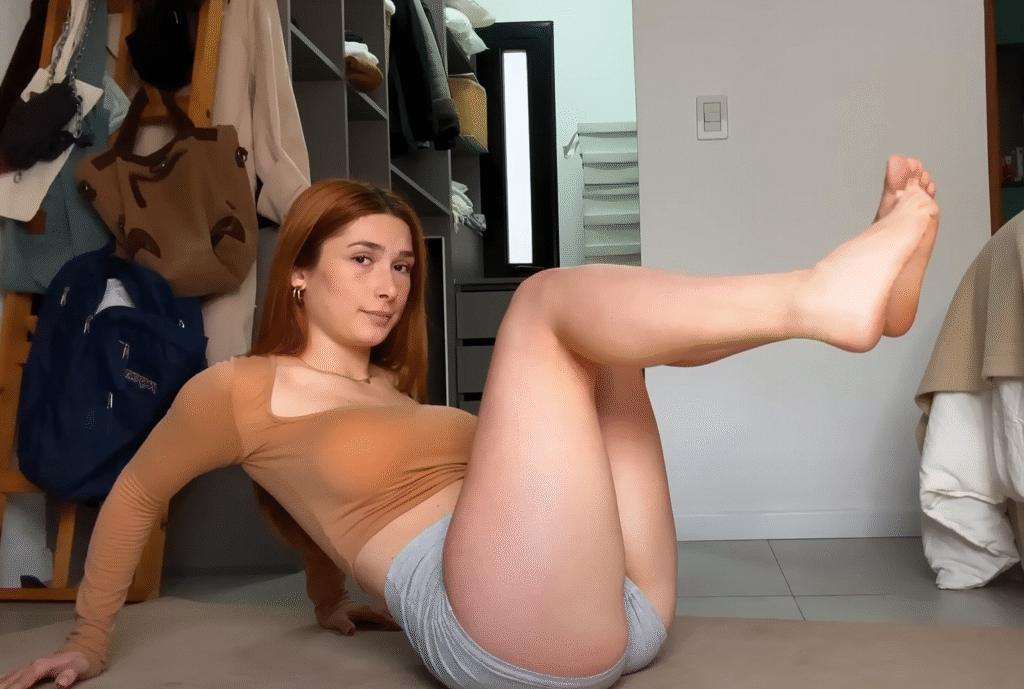
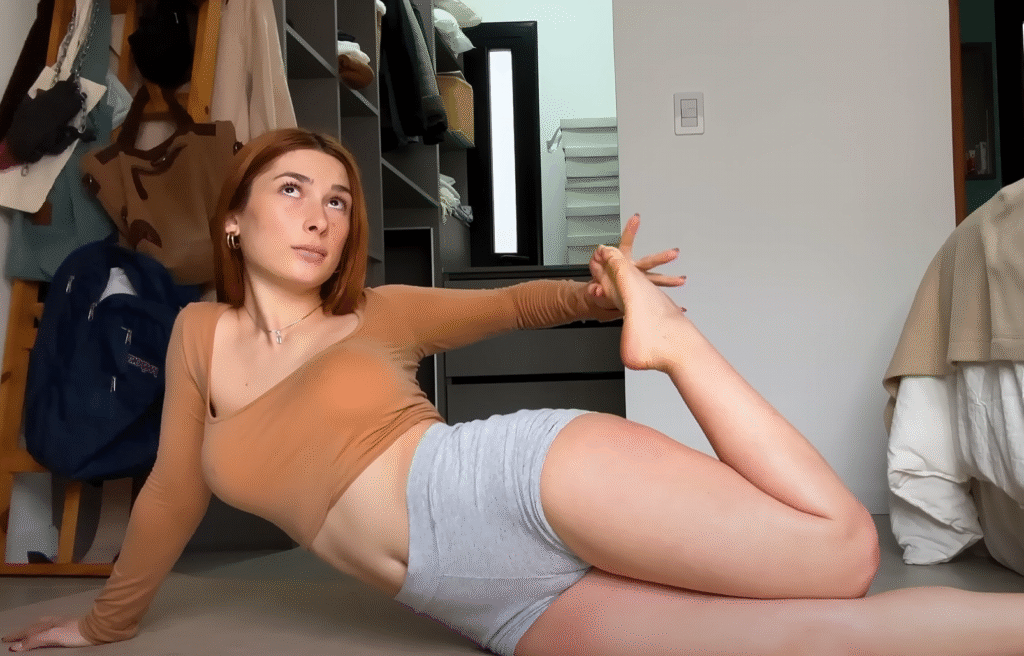
Preparing for Deep Hip Stretches
Before diving into deep hip stretches, it’s important to warm up your body. This ensures your muscles are receptive and reduces the risk of strain. A few minutes of gentle movement — such as walking, leg swings, or cat-cow stretches — is a great way to get started.
Also, approach your practice with patience. Hip flexibility takes time to develop. Never force a stretch. Instead, let your body open gradually.
Effective Deep Hip Stretches
Here are some of the most effective and accessible deep hip stretches. You can practice them individually or combine them into a routine.

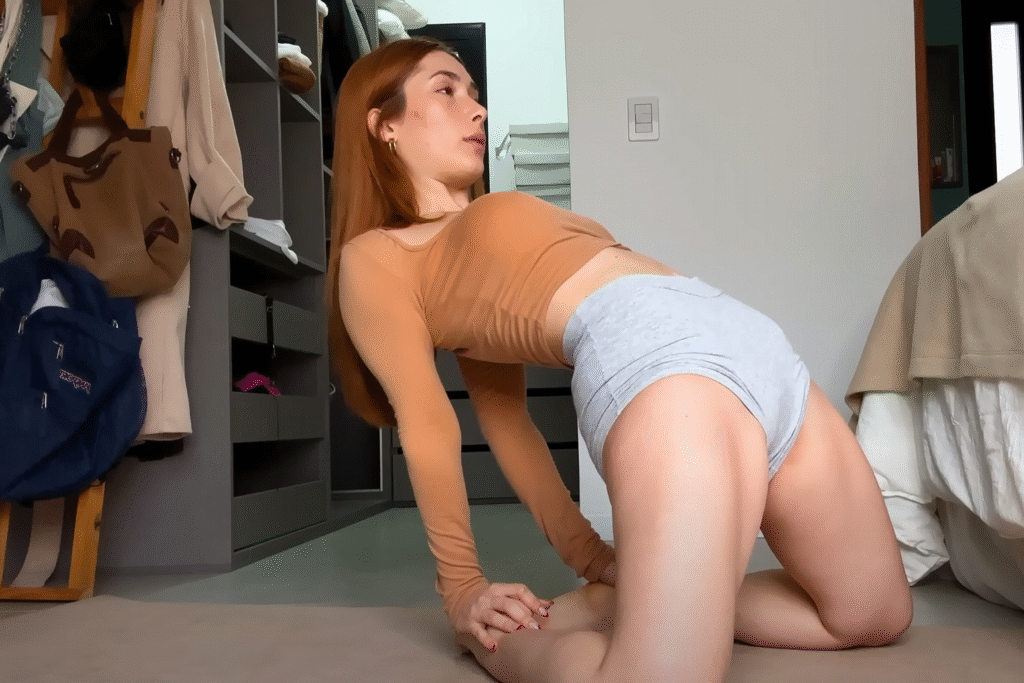
1. Pigeon Pose (Eka Pada Rajakapotasana)
This yoga pose is excellent for opening the hip rotators and glutes.
How to do it:
- Start in a tabletop position.
- Bring your right knee forward and place it behind your right wrist.
- Extend your left leg straight back.
- Keep your hips square and gently fold forward over your front leg.
Hold: 1–2 minutes on each side. Use props like a folded blanket under the hip for support.
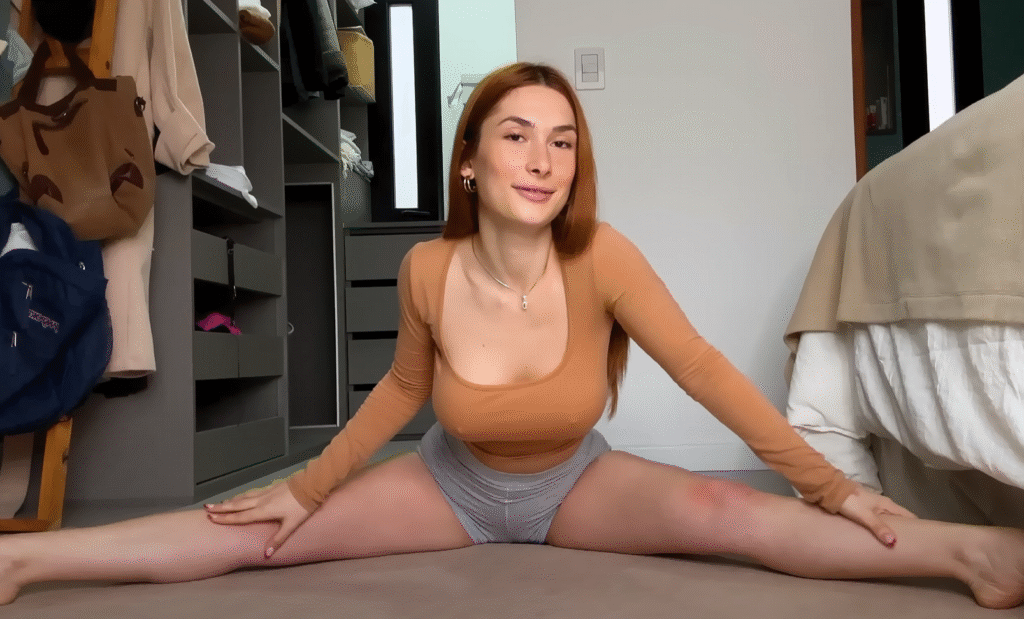
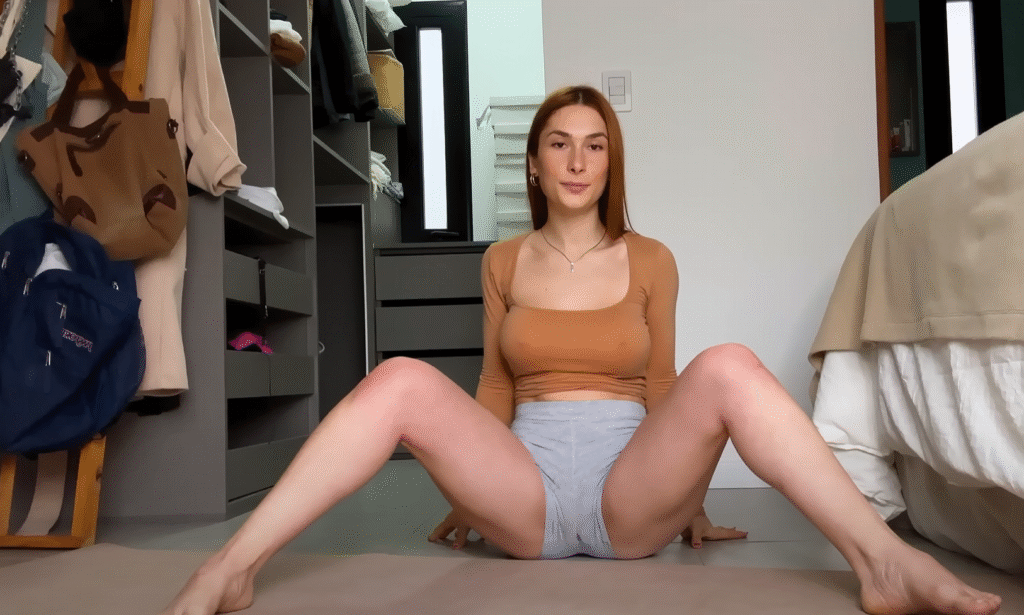
2. Lizard Pose (Utthan Pristhasana)
Lizard targets the hip flexors, hamstrings, and inner thighs.
How to do it:
- From a lunge position, bring both hands inside your front foot.
- Lower your back knee to the mat.
- Gently lower your forearms to the floor or onto a block.
Hold: 1–2 minutes per side.
3. Butterfly Stretch
This gentle stretch focuses on the inner thighs and groin.
How to do it:
- Sit on the floor and bring the soles of your feet together.
- Let your knees fall open to the sides.
- Hold your feet and gently press your knees down toward the floor.
Hold: 1–3 minutes.
4. 90/90 Stretch
This is a powerful, active stretch for external and internal hip rotation.
How to do it:
- Sit with one leg in front of you bent at 90 degrees and the other leg behind you, also at 90 degrees.
- Keep your torso upright or lean gently over the front leg.
Hold: 1–2 minutes each side. Add gentle movement for extra benefit.
5. Frog Pose
One of the deepest groin stretches, Frog Pose opens the inner hips and thighs.
How to do it:
- Begin on all fours.
- Slowly widen your knees while keeping your ankles in line with your knees.
- Lower your chest and hips toward the floor.
Hold: 1–3 minutes. Use padding under the knees if needed.
6. Hip Flexor Stretch (Low Lunge)
This stretch targets the psoas and quads — key muscles that get tight from sitting.
How to do it:
- Start in a lunge with your right foot forward.
- Lower your left knee to the ground.
- Shift your weight forward and lift your chest.
Hold: 1–2 minutes per side.
Breathing and Mindfulness
Breath is an essential part of deep stretching. When you inhale deeply and exhale slowly, you send signals of safety to your nervous system. This allows your muscles to release more deeply and helps you stay grounded.
Try this simple breathing technique while stretching:
- Inhale for 4 counts
- Hold for 4 counts
- Exhale for 6 counts
- Pause for 2 counts
Repeat for several cycles, especially when you feel resistance in the stretch.
Common Mistakes to Avoid
- Forcing the stretch: Going too deep too quickly can strain muscles and joints. Back off if you feel sharp pain.
- Holding your breath: This creates tension. Stay relaxed and breathe slowly.
- Skipping warm-up: Always warm up first to prepare your hips.
- Ignoring the rest of the body: The hips are connected to the spine, pelvis, and legs. Stretching the hamstrings, quads, and back also supports hip flexibility.
Creating a Hip-Opening Routine
You don’t need to spend an hour a day on hip stretches to see results. Just 10–20 minutes, 3–4 times a week, can make a big difference. Here’s a sample routine:
- Cat-Cow (1 min warm-up)
- Low Lunge (1 min each side)
- Lizard Pose (1–2 min each side)
- Pigeon Pose (1–2 min each side)
- Butterfly Stretch (2 min)
- Frog Pose (2 min)
- Supine Twist or Savasana to finish
Always listen to your body and adjust as needed.
Final Thoughts
Deep hip stretching is a journey into your body — one that takes patience, consistency, and compassion. The hips are a gateway to strength, movement, and stored emotion. When you release them, you’re not only improving your physical function but also inviting in a deeper sense of ease and balance.
So roll out your mat, breathe deeply, and give your hips the attention they deserve. Your body (and mind) will thank you.
Let me know if you’d like this adapted for a specific audience (e.g., yoga practitioners, runners, or beginners) or turned into a video script or infographic!
